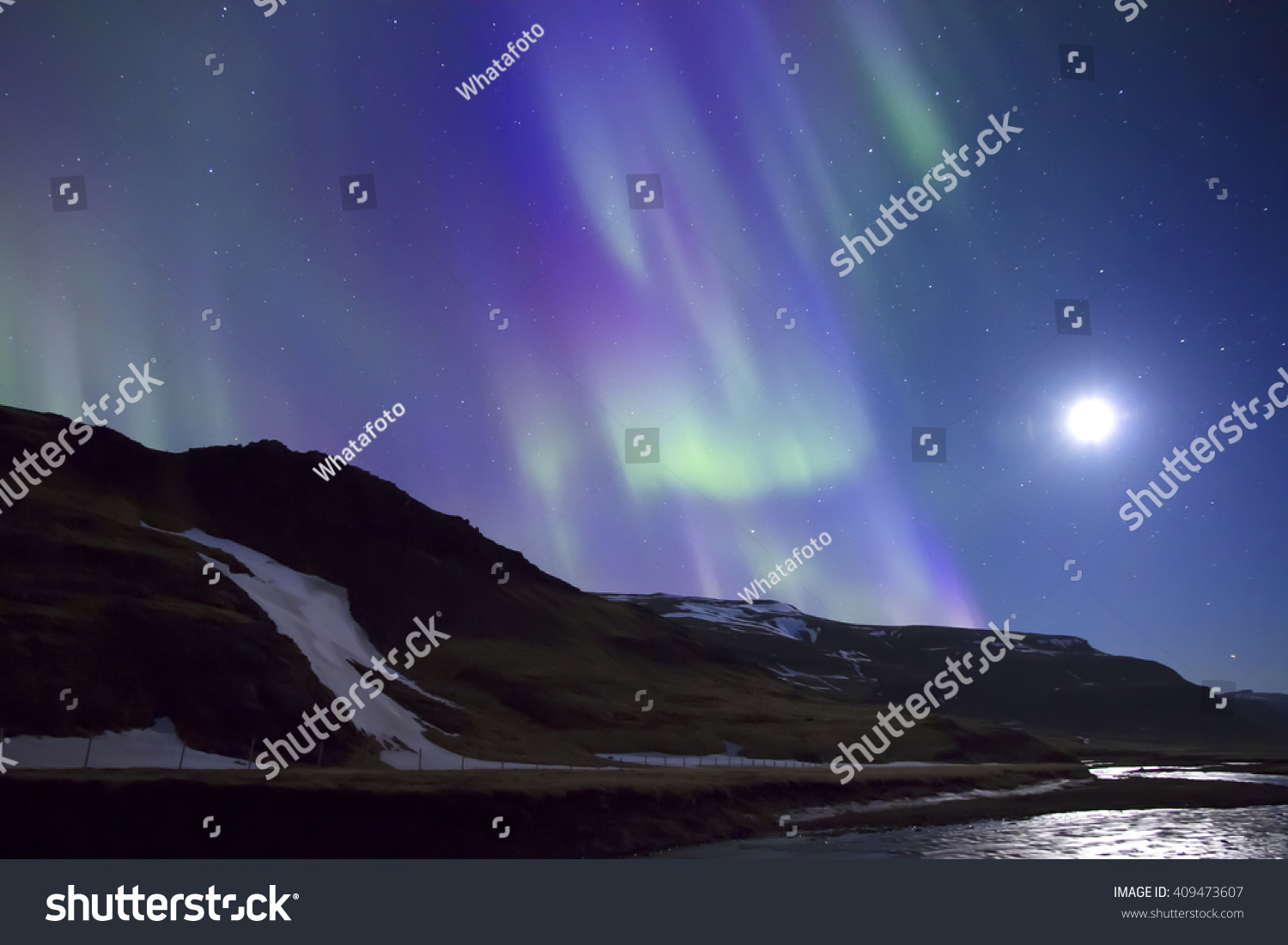Have you ever gazed up at the night sky, hoping to catch a glimpse of the mesmerizing Northern Lights, only to find that the moon casts its luminous glow over the celestial display? A tantalizing question arises: Can you truly see the Northern Lights with a full moon illuminating the landscape? This seems like a straightforward inquiry, yet the answer may just pique your intrigue and challenge preconceptions about the compatibility of these two wonders of nature.
The Northern Lights, or aurora borealis, are a breathtaking natural phenomenon caused by charged particles from the sun colliding with atoms in Earth’s atmosphere. This interaction creates vivid and dynamic displays of greens, purples, reds, and occasionally blues. Enthusiasts and travelers flock to high-latitude regions, especially during the winter months, in hopes of witnessing these shimmering ribbons of light dance across the night sky. Yet, the presence of the full moon can complicate this experience.
To understand the impact of moonlight on your quest to observe the auroras, one must first consider the light conditions required to view them optimally. Northern Lights shine brightest against a dark, unobstructed background. In the absence of moonlight, these ethereal curtains of color can appear incredibly vivid and easier to appreciate. A full moon, however, presents a unique dilemma—its bright luminescence can wash out the fainter colors of the auroras, making it more challenging to see the celestial display in all its glory.
Imagine standing on a crisp winter evening, bundled up in layers, with only your breath tracing soft plumes into the frigid air. The anticipation builds as you await your turn to see the radiant lights. In such moments, a full moon might become a playful antagonist—quite the delightful nemesis in your quest for the divine spectacle. Does it mean that the Northern Lights will be entirely eclipsed by the moonlight? Not necessarily. The outcome depends on various factors, including your location, the intensity of the auroras, and the elevation of the moon in the sky.
So, how can one enhance the chances of witnessing the Northern Lights despite the glowing obstacle of a full moon? First, knowledge of the intricacies of auroras is essential. Auroras can vary drastically in intensity and coloration; some nights may offer a robust display that holds its own against ambient light, while others may be subtle and fleeting, blending too easily into the celestial background. Keeping an eye on aurora forecasts can be immensely beneficial, as they provide insight into the likelihood of activity during your stargazing venture.
Moreover, the geographical setting plays a significant role. Darker locations, far removed from urban light pollution, can create conditions conducive to aurora viewing. The farther north one travels, the greater likelihood they have of seeing the Northern Lights. Even on nights with a full moon, remote areas may still allow for decent viewing if the auroras are strikingly bright. For the most inspired experience, seek out areas noted for minimal light interference and unobstructed views of the horizon.
When planning a trip specifically during the full moon phase, keep your eyes peeled for places with lower lunar elevation on the horizon. Moonlight tends to be less intrusive when the moon is lower in the sky, especially if you’re located in a location with ample cover. Buildings, trees, or mountains can act as natural barriers, diminishing the moon’s influence and permitting the Northern Lights to come forth more effectively. How clever it would be to position yourself strategically to outwit the moon!
Moreover, timing is crucial. The hours just before and after midnight typically offer the best conditions for aurora viewing, as the atmospheric activity often peaks during this window. Although the full moon may be high in the sky earlier in the evening, the light may diminish as it rises. This is especially true if the auroras themselves are particularly vibrant that evening.
So, does the full moon completely ruin your chances of witnessing this ethereal display? Not at all. Many seasoned aurora chasers report having extraordinary encounters with auroras, even with the moon casting its glow over them. The hues of the Northern Lights can still vibrantly pulsate and contrast against the moonlight, revealing an awe-inspiring spectacle unique to those fortunate enough to witness it. Imagine the colors not as diminished, but rather as a complimentary canvas painted in hues of mystery, illuminated softly by the moon.
As you embark on your Northern Lights adventure, the full moon can indeed be both friend and foe. Embrace the unpredictability and embrace the experience knowing that each night carries its own charm—whether it be profound darkness, ethereal light, or the perfect blend of both. Ultimately, the quest to see the Northern Lights echoes the human desire for connection—for the harmonization of our earthly existence with the whims of the cosmos, revealing secrets in the night sky. So, when next you ponder that delightful dilemma of the full moon versus the Northern Lights, remember: the dance between light and darkness is what makes the night sky infinitely intriguing. The challenge of seeing them both only adds to the richness of the journey.
